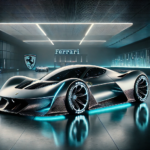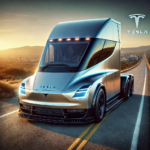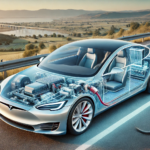In the world of high-performance cars, the shift from gas-powered engines to electric drivetrains has sparked fierce debates. Traditionalists cling to the visceral roar of internal combustion engines (ICE), while futurists champion the quiet yet thunderous acceleration of electric supercars. Both have their merits, but which truly represents the future of performance? Let’s delve into this thrilling battle of innovation and tradition.
The Legacy of Gas-Powered Supercars
For over a century, gas-powered supercars have reigned supreme. These machines embody the raw essence of engineering mastery, delivering a symphony of sound, speed, and emotion. Names like Ferrari, Lamborghini, and Bugatti have become synonymous with this legacy.
The Thrill of Internal Combustion
Gas-powered supercars offer a sensory overload. The roar of a V8, V10, or V12 engine, the tactile feedback of a manual gearbox, and the smell of burning rubber create an unmatched driving experience. Cars like the Ferrari SF90 Stradale and Lamborghini Aventador SVJ don’t just perform; they evoke passion.
Key Strengths of Gas-Powered Supercars:
- Sound and Emotion: The growl of an ICE engine is exhilarating.
- Range and Refueling: Long-distance capabilities with quick refueling.
- Mechanical Connection: Drivers feel more engaged with the machine.
However, these beasts come with challenges. High emissions and reliance on fossil fuels have led to growing scrutiny in an eco-conscious world.
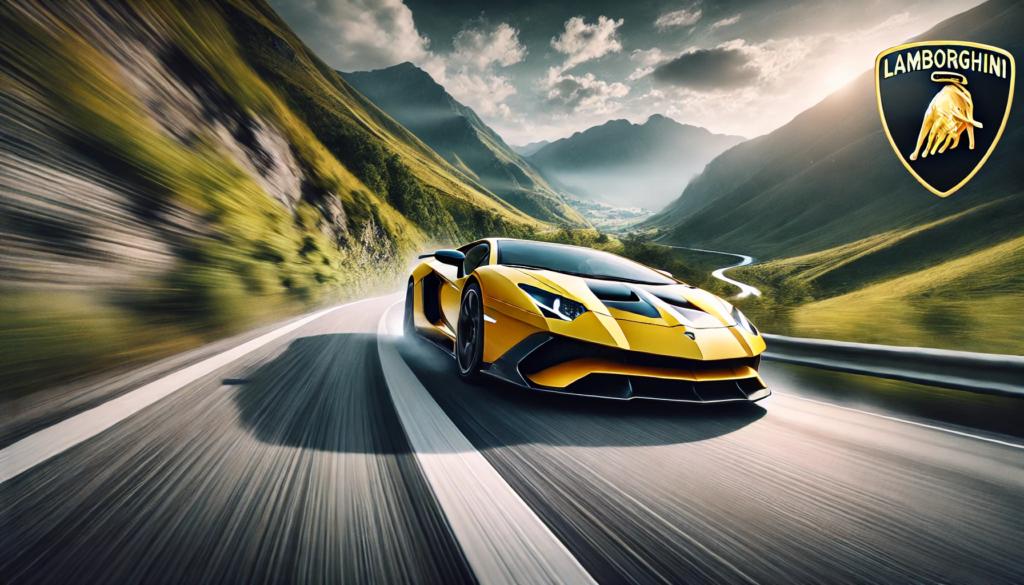
The Rise of Electric Supercars
Enter the era of electric supercars. Tesla’s early foray into electric performance inspired automakers to push the boundaries of what’s possible with electricity. Brands like Rimac, Lotus, and Porsche are now redefining speed and sustainability.
The Allure of Instant Torque
Electric supercars deliver instant acceleration thanks to their torque-rich electric motors. For instance, the Rimac Nevera can go from 0-60 mph in a jaw-dropping 1.85 seconds. Moreover, electric drivetrains offer near-silent operation, a feature both loved and criticized by enthusiasts.
Key Strengths of Electric Supercars:
- Instant Acceleration: Unmatched off-the-line performance.
- Eco-Friendly: Zero emissions and renewable energy potential.
- Advanced Technology: Integration of cutting-edge AI and software.
Yet, limitations exist. Battery technology still struggles with range and charging infrastructure compared to the convenience of gasoline.
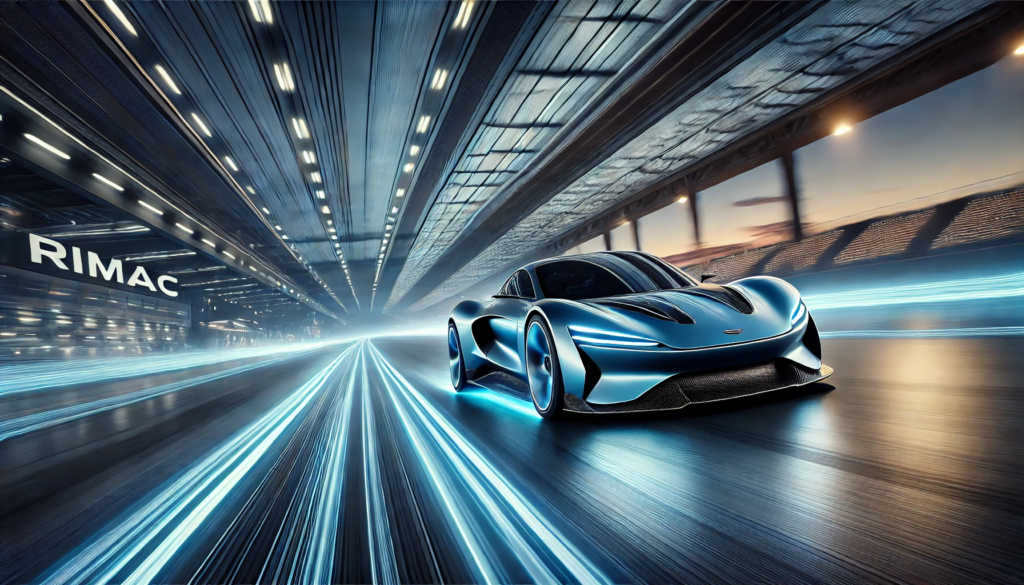
Performance Comparison: Speed, Range, and Experience
Speed: Who Wins the Race?
When it comes to acceleration, electric supercars hold the crown. Cars like the Tesla Model S Plaid and Rimac Nevera consistently outperform gas-powered rivals in straight-line speed. However, traditional supercars excel in top-end performance, especially on long, open tracks where endurance plays a role.
Verdict:
- Electric Supercars: Best for 0-60 mph sprints.
- Gas-Powered Supercars: Dominate in sustained high-speed scenarios.
Range: Long Drives or Quick Charges?
Gasoline’s energy density ensures longer ranges and quick refueling stops. Electric cars are improving, with some offering over 300 miles per charge, but long trips still require meticulous planning for recharging.
Verdict:
- Gas-Powered Supercars: Superior for long-distance drives.
- Electric Supercars: Great for short, high-performance bursts.
Driving Experience: Emotion vs Innovation
Gas-powered cars engage multiple senses, creating a visceral experience. Electric cars, while quieter, offer a futuristic thrill with instant power delivery and seamless acceleration.
Verdict:
- Gas-Powered Supercars: More emotional and traditional.
- Electric Supercars: Smooth, effortless, and cutting-edge.
Environmental Impact: The Push for Sustainability
The automotive industry faces increasing pressure to reduce emissions. Gas-powered cars, despite advancements in efficiency, are inherently polluting. Electric vehicles (EVs), on the other hand, promise zero tailpipe emissions and the potential for a carbon-neutral future when paired with renewable energy sources.
Challenges for EVs:
- Battery Production: Mining for lithium and cobalt has environmental implications.
- Recycling: End-of-life battery disposal remains a concern.
Despite these hurdles, EVs are generally more sustainable over their lifecycle compared to gas-powered vehicles.
Cost of Ownership: Breaking Down the Numbers
Electric supercars are often more expensive upfront but have lower operating costs due to fewer moving parts and cheaper “fuel” (electricity). Gas-powered supercars, while slightly cheaper initially, require more maintenance and incur higher fuel expenses.
Key Points:
- Gas-Powered Supercars: Higher maintenance costs.
- Electric Supercars: Lower long-term expenses.
The Future of Supercars
A Hybrid Horizon
Hybrid technology is bridging the gap between electric and gas-powered supercars. Models like the Ferrari SF90 Stradale and McLaren Artura combine the best of both worlds, offering electric efficiency with the thrill of an ICE engine.
Electric Supremacy?
As battery technology improves, electric supercars may soon eliminate range anxiety and charging limitations. With the rise of solid-state batteries and faster charging networks, EVs could become the undisputed kings of performance.
Nostalgia for Gas?
While the future leans electric, there will always be a market for gas-powered cars, especially among collectors and enthusiasts who value the raw, mechanical nature of traditional supercars.
Conclusion: A Thrilling New Era
The debate between electric supercars and gas-powered beasts boils down to personal preference. If you value emotion, tradition, and the roar of an engine, gas-powered cars remain unparalleled. If instant speed, sustainability, and cutting-edge technology excite you, electric supercars are the future.
One thing is certain: the evolution of supercars, whether electric or gas-powered, will continue to push the boundaries of performance, style, and innovation. The choice between the two isn’t just about speed; it’s about the experience you crave behind the wheel.

